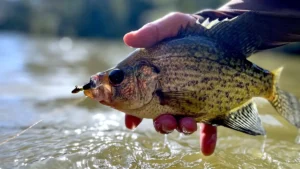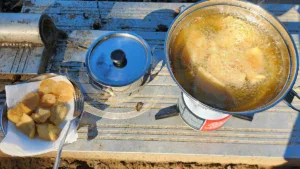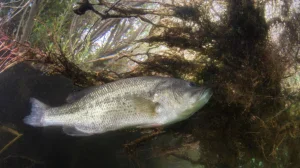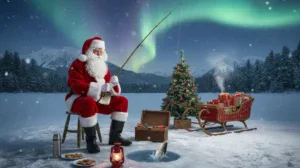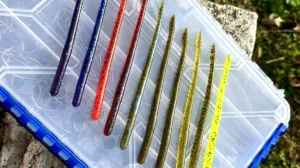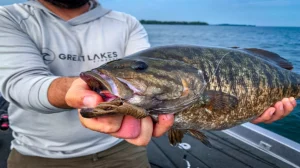The best part about bluegill fishing, is that everything about it can be as simple as you want and still be very effective. While I’m really eat up with bait finesse system for bluegills at the moment, I still love catching them on a small drop shot rig and red worms. So it’s a simple fish to prep for and you can keep yourself and your fishing buddies in constant fishing action. And learning to fish for bluegills is easy once you have a few proven baits.
The big thing to consider is do you want to mess with live bait or do you want more of a challenge and try to catch them on artificial lures. Now don’t get me wrong, I’ve had days where artificial lures were better than live bait because I needed to cover water and find them. So having said that, let’s take a look at the pros and cons to live bait versus artificial lures for bluegill and maybe will help you get to where you are pursuing your biggest bluegill ever caught in no time!
Live Baits vs Artificial Lures (pros and cons)
So there are some who believe nothing can beat live bait. And for bluegills that’s not far from the truth. But there are advantages and disadvantages to everything. So it also goes with bluegill baits. I’ll run through the best live baits and the best artificial lures for bluegill fishing as well as pros and cons of each.
The obvious things to consider with live bait is you need to keep the bait alive. That means protected from the heat and sun. Making sure the bait has enough oxygen and is in a comfortable temperature range or you will be wasting money on bait that dies too quickly.
Then there is the mess with live bait. Worms come in dirt. Mealies and waxies come in shavings. Crickets can get loose in the boat and never been found again except for the annoying chirp later. Other homemade baits can get into the carpet and make a mess. So it’s an added headache for sure that you don’t have with artificial lures.
Buying a bunch of lures can get expensive, as can buying bait every time. I had a recent trip though where I used a small $6 hard bait and caught more than 21 bull bluegills. And the bait is still good as new. I have no doubt that one bait will yield me hundreds of bluegill if not thousands. So $6 went a long way on one lure.
Then there is storing a bunch of bluegill baits. So now you need another tackle box to store your lures. So that adds up as well. But there are trade offs. You can add scent to your artificial or tip them with a bit of live bait to make the more appealing to big ‘gills.
Best Live baits for Bluegills
Let’s run through some of the best and proven live bait options for catching lots of bluegills and the biggest bluegills alike.
Worms
Whether it’s red wigglers, night crawlers, or some other type, earth worms hands down would be my first choice for bluegill fishing. A lot of bluegills eat things in the water like snails, mussels, bugs, invertebrates that are much like earth worms. The fleshy meat and, more importantly, scent draws big bluegills in whether it’s in 6 inches of water or 60 feet of water.
You can thread them on a hook and dangle them under a bobber or pinch a piece off and put it on a drop shot hook and pitch it around to likely spots. However you choose to fish a worm, it works. You can catch numbers and size with a small tub of earthworms and it keeps you in fishing action all day.
Best tip: Make sure you rig the worm onto the hook around the point. I will often just thread a worm on by going back and forth through the worm until it’s balled up in the bend of the hook. It makes the worm hard to get off the hook and you can catch 4 or 5 bluegills on one half of a worm.
Crickets
Crickets excel at catching big bluegill as well. With a cone holder they are also easy to get at and you basically just run a hook under their back plate to keep it locked on the hook and hope for the best. While worms will stay on for several casts, you have to take more care to keep a cricket on the hook and it will not survive more than a fish or two.
But bluegills love them and absolutely bite them. You can buy them in their own carriers or purchased those wire mesh cages to hold them. Just be careful not to kick them over or you’ll have bugs in the boat for a bit.
Mealworms, wax worms, and maggots
Mealies, waxes and maggots all make for good bluegill baits. They don’t put off the scent like an earthworm, but they give the appearance of live bait and will usually get bluegills to commit in close proximity. They can be purchased and kept in a tiny cup container. And they will stay alive a good while in a comfortable environment.
Best Tip: These small worm and larvae really excel for tipping artificial jigs. Gives a little scent, a little lifelike action and an added attraction to get that onlooking bluegill to commit to your offering. So grab a back and put it on the back of your jig to make it more appealing.
Homemade Natural Baits (corn, hotdog, homemade dough balls)
You can actually make a your own bluegill baits. Our friend David Brown shared his favorite recipe for DIY homemade bluegill bait.
If you don’t feel like making your own bait, you can catch bluegills on a variety of household food like hot dogs, corn, etc. They will work on a captive bluegill audience, like bluegills under a dock or in a pond, but they are not very good for finding bluegills in larger bodies of water. You’re better to stick with worms and crickets for exploring big waters.
Best Artificial lures for Bluegills
I will use worms a lot of the time in the spring, but most of the time, I keep a bluegill artificial lure kit on the ready. That way I always have something that will yield bluegills if I happen to stumble on some big ones while out fishing for something else.
Bugs / Jigs
Most anglers that use artificial for bluegills will use a small jighead with a spider body on it. That is a staple on many lakes for catching aggressive bluegills in the spring. A tiny 1-inch plastic on a 1/32 or 1/16 ounce jighead is a great way to catch bluegills. You cast it out. Let it hit bottom and then reel it back slowly. Just reel it fast enough to barely stay off the bottom.
Best Tip: Most of the panfish jigs though use too big a hook and the spider bodies are generally a little large. I have found that if you use a tungsten ice jighead and cut the head and tail off a spider body you make a more compact offering that gets you way more hookups with bluegills. And the big ones seem to like that heavier jig scurrying around on the bottom better.
Best bluegill jigs and jigheads I recommend:
VMC Tungsten BullFly
Available at:
Z-Man Micro Finesse Shroomz Jigheads
Available at:
Small hard baits
I have gravitated more and more to hard baits for bluegills. I have found a couple small crankbaits can be deadly on bluegills and believe it or not those tiny trebles get you a lot higher hooking percentage. Even when I replace with inline single hooks, they fish really bite and get hooked well on hard baits. And I will often get bonus crappie, bass and other fish on it as well. It’s amazing what a small hard bait does for bluegill. I didn’t try it until I was fishing a trophy lake in North Carolina and ever since I’ve experimented to find small hard baits are awesome for big bluegills.
Best Tip: I like a hard bait that sinks and has a lip to keep the hooks off the bottom. You can swap the trebles with inline hooks. These single hooks catch fish well and make the bait 2/3 less likely to snag. You can also just remove the front hook and just use a back hook. And now you have a bait you can crawl around and mop up bluegills.
I recommend these hard baits:
Rebel Teeny Wee Craw
Available at:
Yo-Zuri Snap Bean
Available at:
Small spinners
An inline spinner like a Mepps, or a Rooster Tail or a Road Runner and even the classic Beetle Spin all excel at catching bluegills as well. That little bit of thump and flash is often more than enough to attract the bluegills nearby. Some of my best bluegill and shell cracker days growing up in New York, Virginia and Florida were on a Beetle Spin. That safety pin spinner and a small grub were all you needed to load the boat. Again just cast out and reel them back in slow and steady.
Now I find that spinners are usually third on my list for baits. A lot of time I’m fishing for bluegills shallow in clear water and the flash is too much. But I’m sure another angler has proven that a spinner is his best bait for bluegills.
Storing bluegill lures and baits
Once you have acquired hooks, weights, bobbers and a bunch of artificial baits you’ll need to have some way to store them. Foam boxes make great storage for jigs and hard baits. Small terminal boxes hold hooks, sinkers and other gear without taking up much space. And I will throw a small terminal box, some packs of plastics in a small zippered pencil pouch and have a bluegill kit that can go anywhere without taking up any room.
Here are some of the storage boxes I like:
- Gamakatsu G-Box 3600 Foam Slit
- Gruv Fishing Micro Jig Box
- Gamakatsu G-Box Pocket Utility
- Flambeau Zerust Max 3003ZM
Storing live bait is a little trickier. Worms and crickets can stay in their containers. The thing is to keep the cool while also allowing them to breath. Usually a shady place where you are fishing will keep them cool enough. Put worms in a cooler fore a few minutes if they start looking peaked from the heat. Be sure, however, to get them out as there is not much air in there.
Scent products
Recently I’ve been looking at a few alternative scent options. Forever my secret little trick was to put a Berkley Nibble on the hook of my jig and grub and that scent was enough to get closely bluegill to bite. But I found some places making some night crawler scents that I’m experimenting with now. So Crappie nibbles and scents work. As do tipping with a live wax worm. But these new rub on scents might be the ticket. My initial tests have been very promising. We’ll know more this season but we know scent makes bluegill fishing a lot easier.
Best Colors for Bluegill baits
For catching bluegills, scent is pretty high on the list, but seeing hundreds of bluegills caught with artificial lures with no scent makes that case less compelling. So there is something to action and appeal for sure. And maybe also color.
- Black seems to be a color that is hard to beat for bluegills.
- Also natural colors that look like earth worms and crickets or small bugs attract bluegills.
- But flashy colors will work as well to get bluegills to bite.
If you can make it look like something a bluegill would like to eat, you will likely get bit. I think profile means more than color. Match the profile to something a bluegill is looking to eat, in an appealing color with a little scent and you have the full picture.
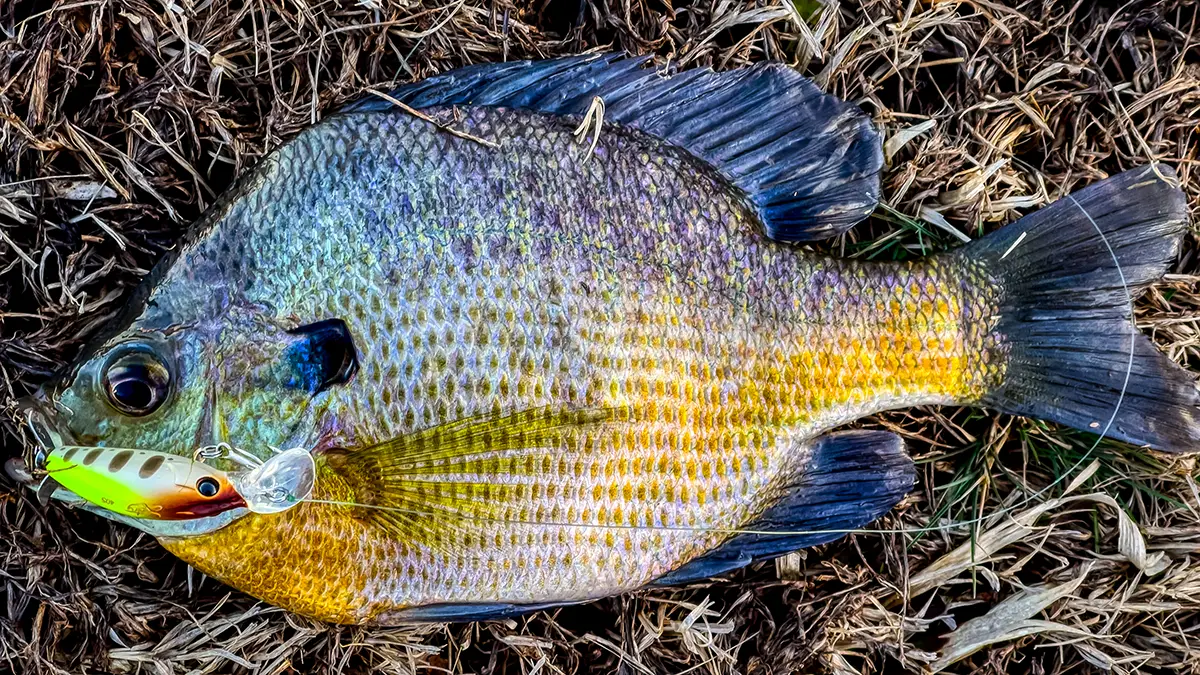
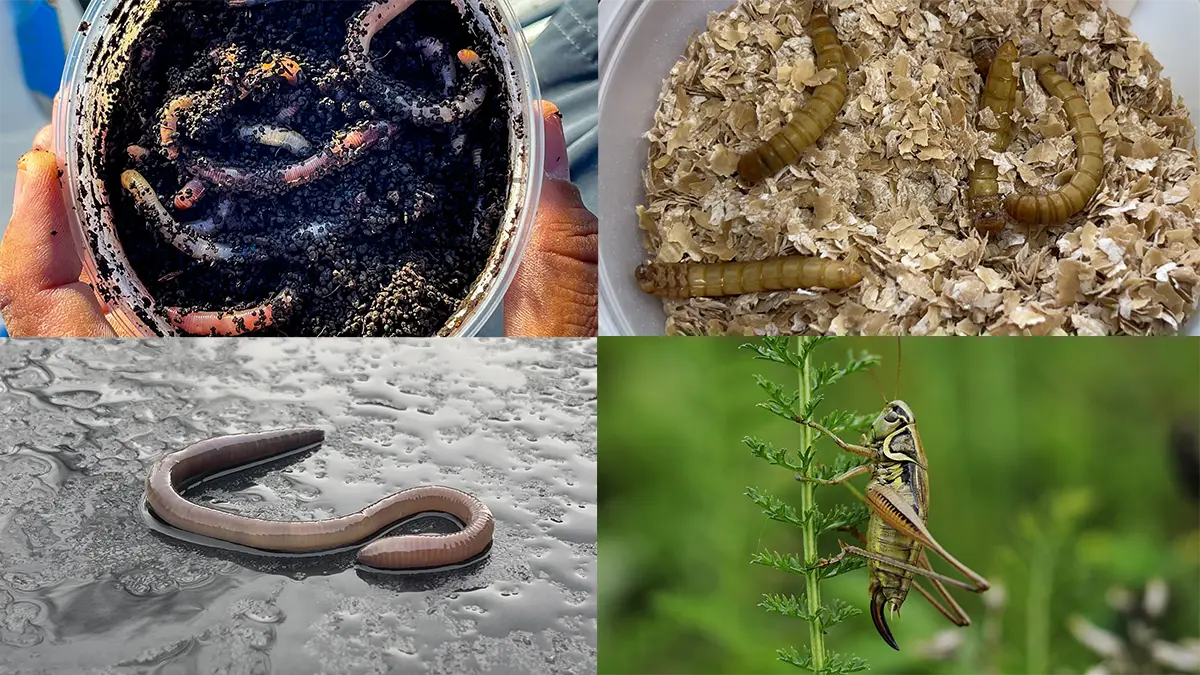
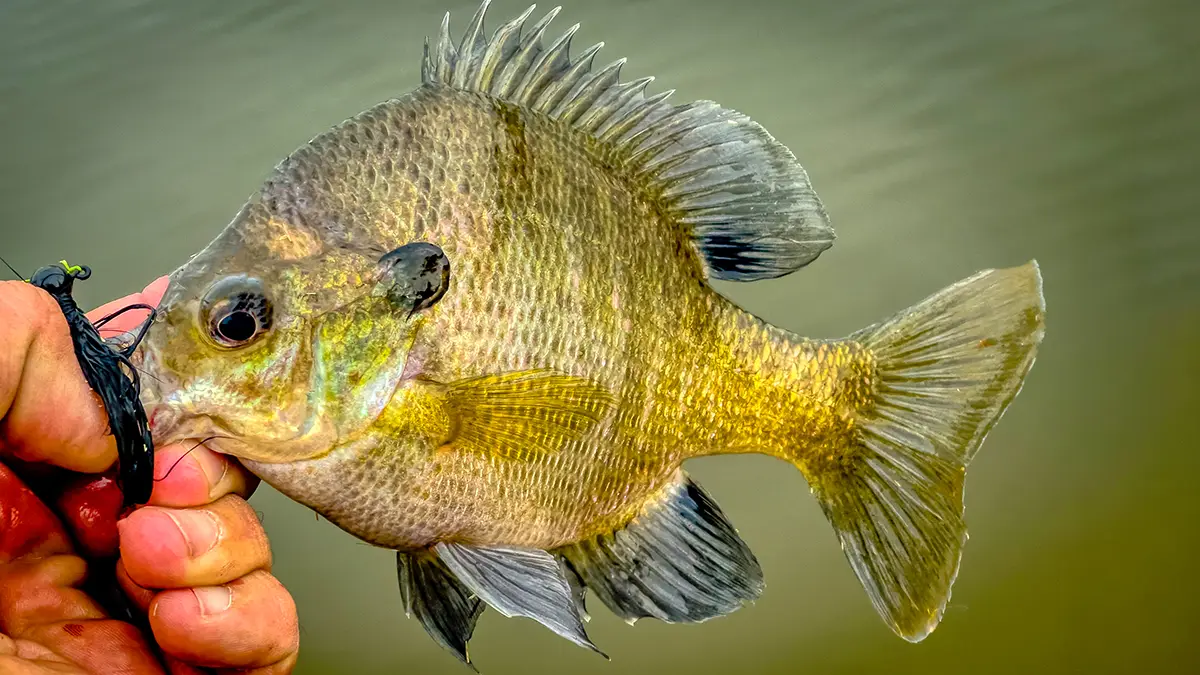
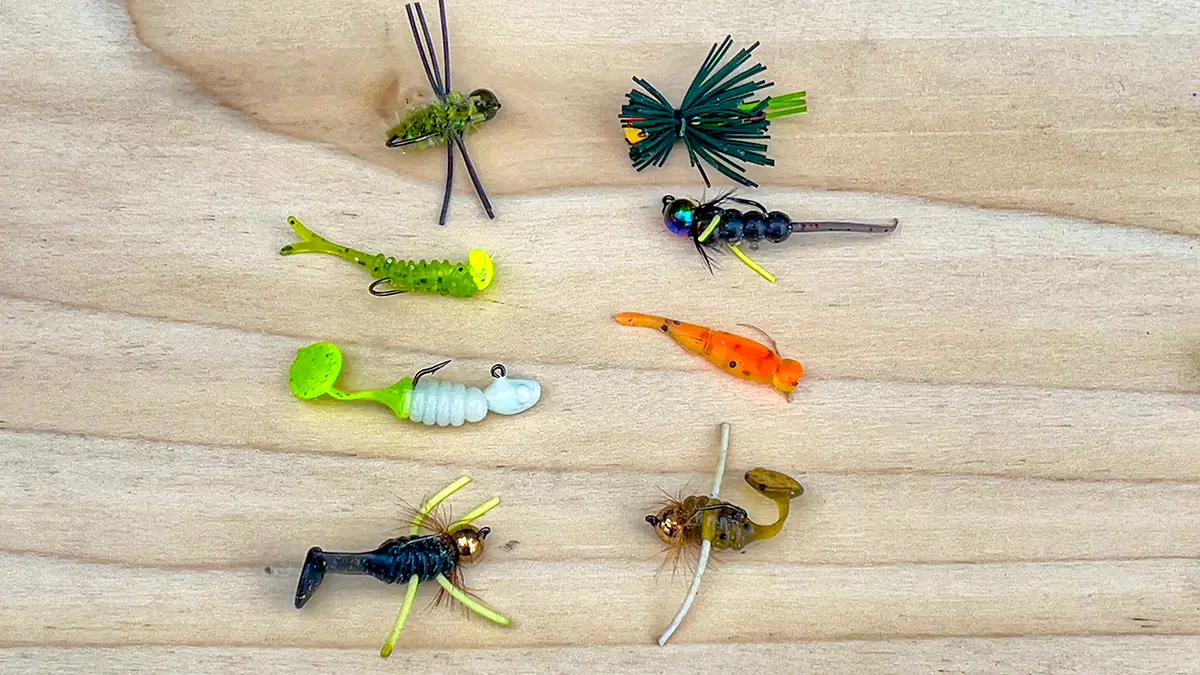
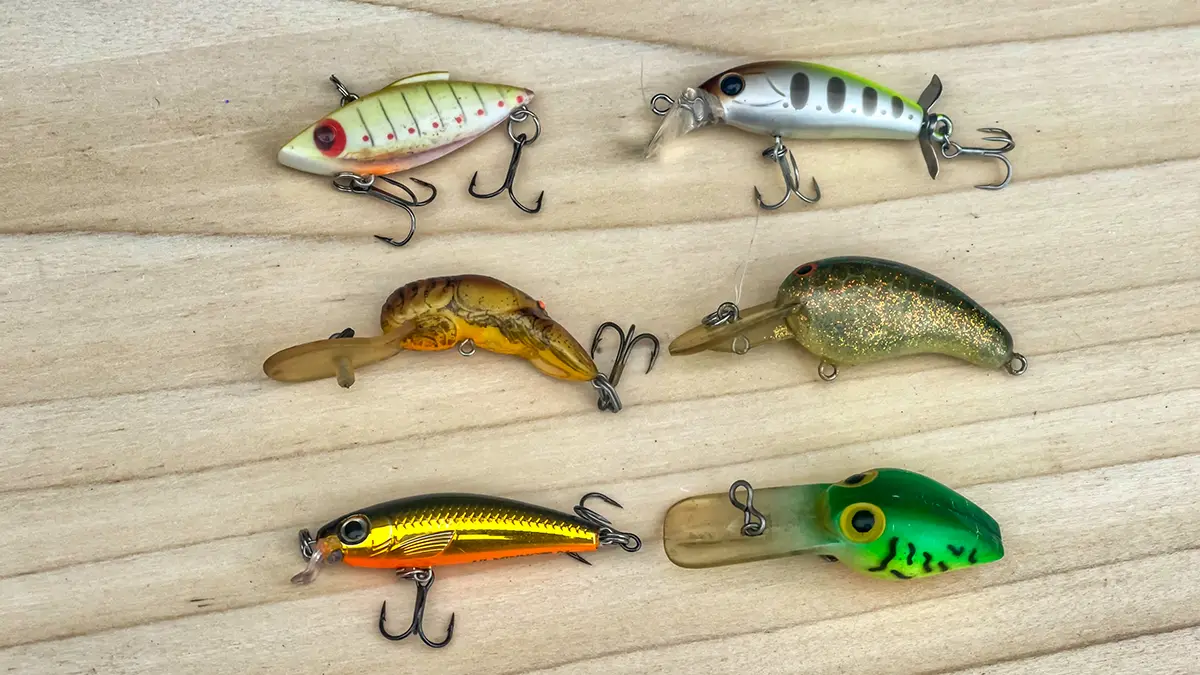
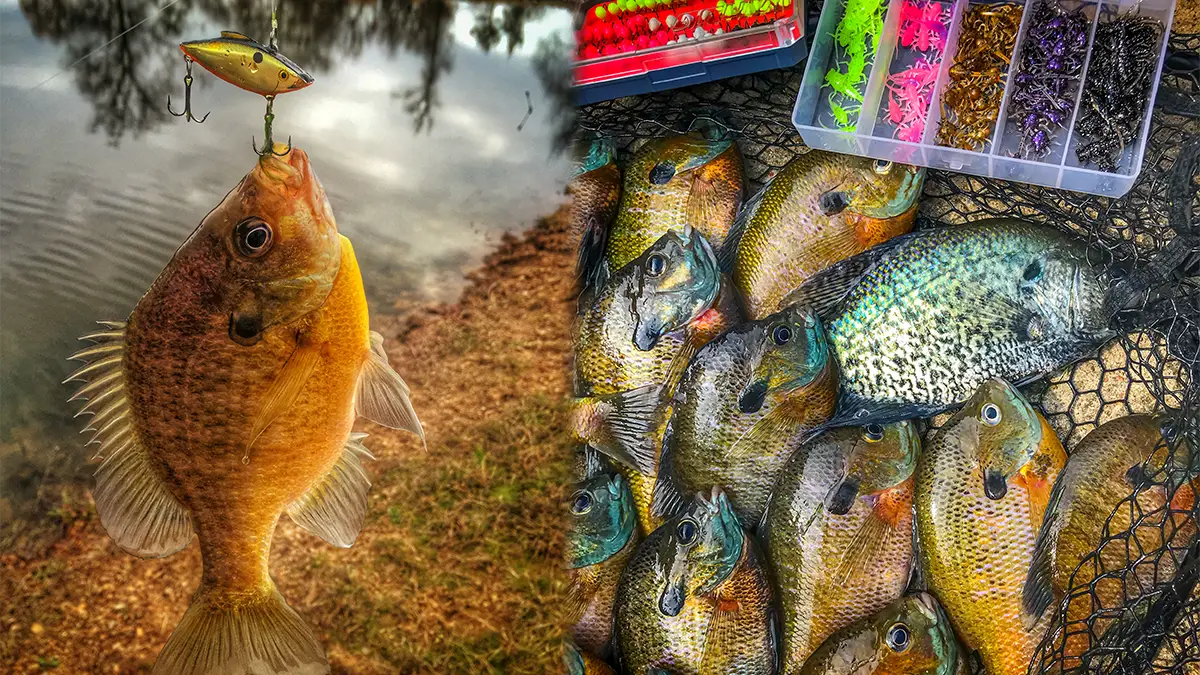
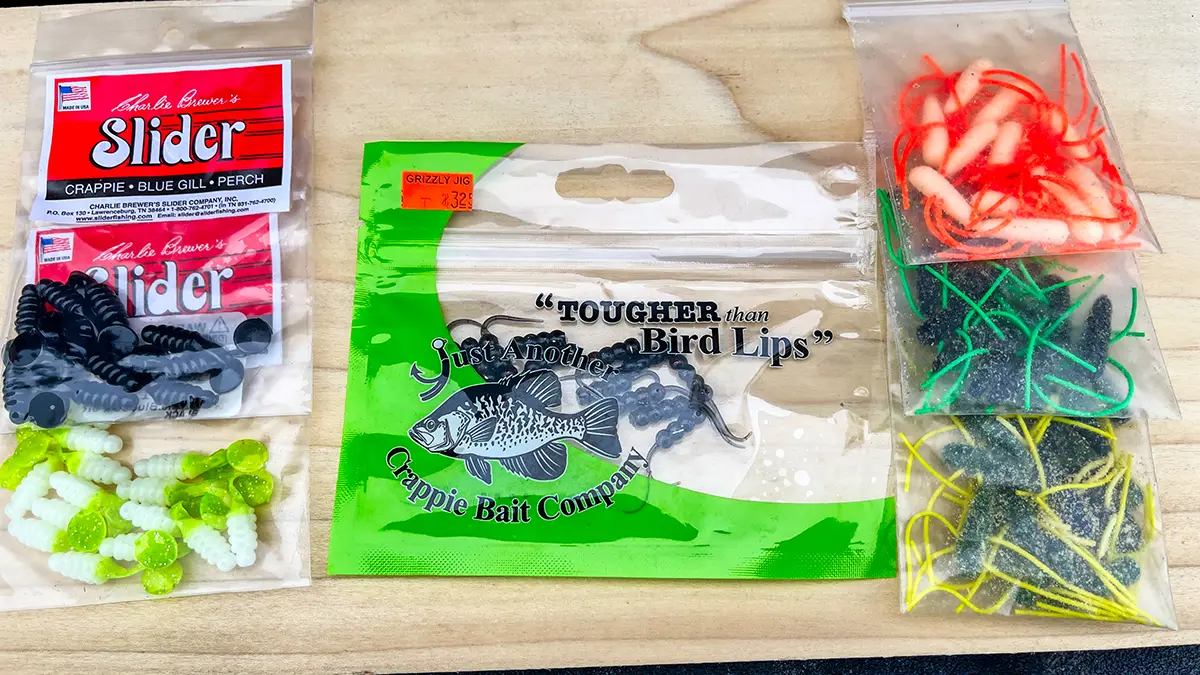
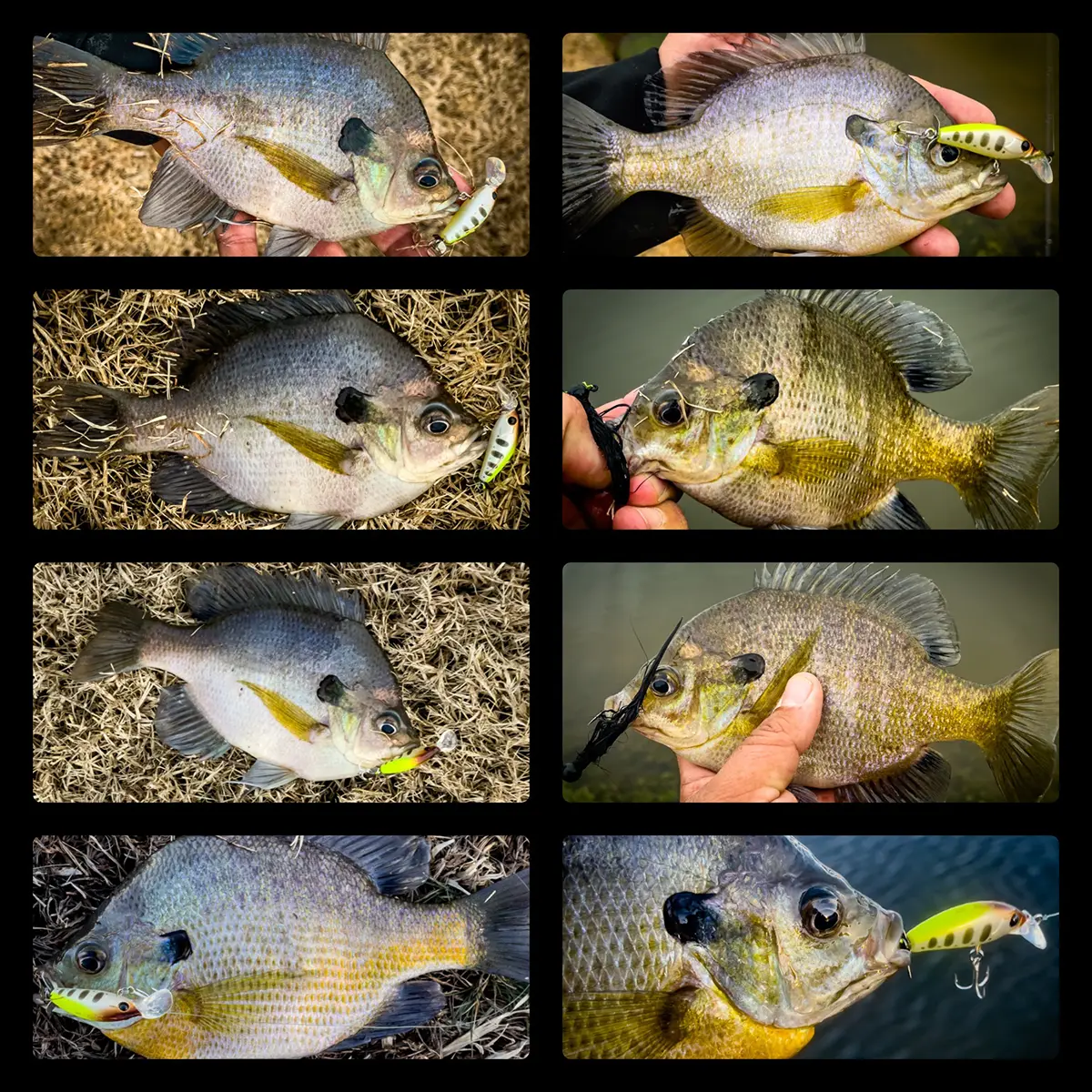
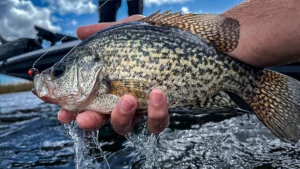
![[VIDEO] Filleting Bluegill Made Easy: Tips and Tricks](https://www.wired2fish.com/wp-content/uploads/2025/05/bluegill-cleaning-300x169.webp)
